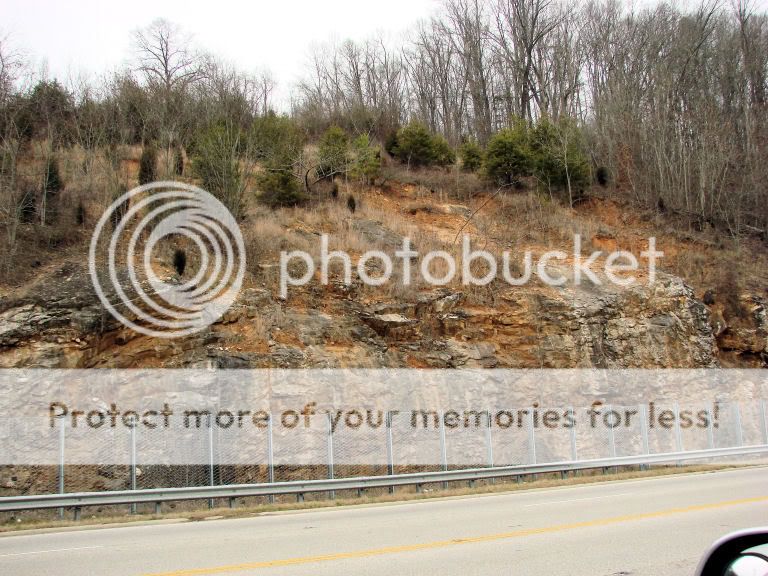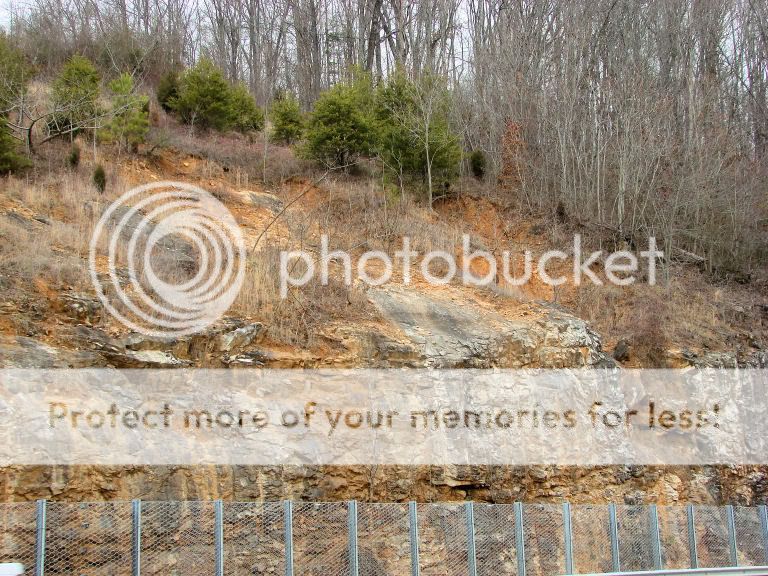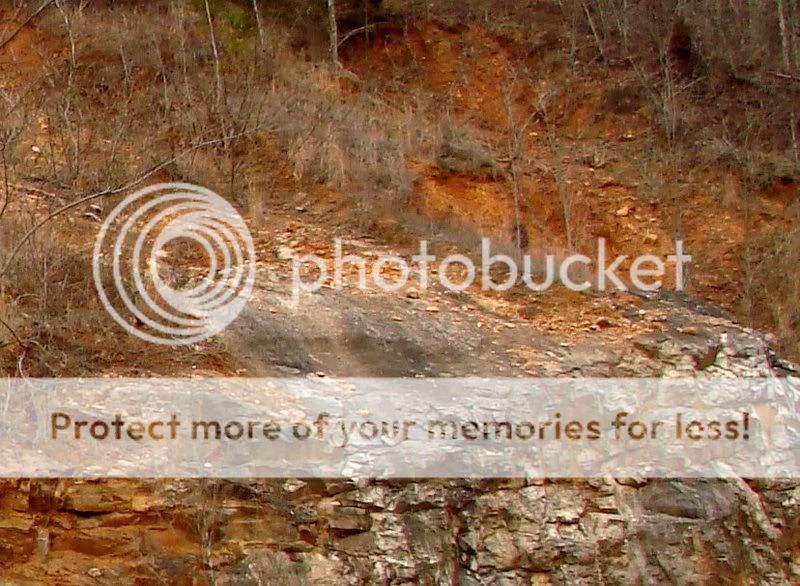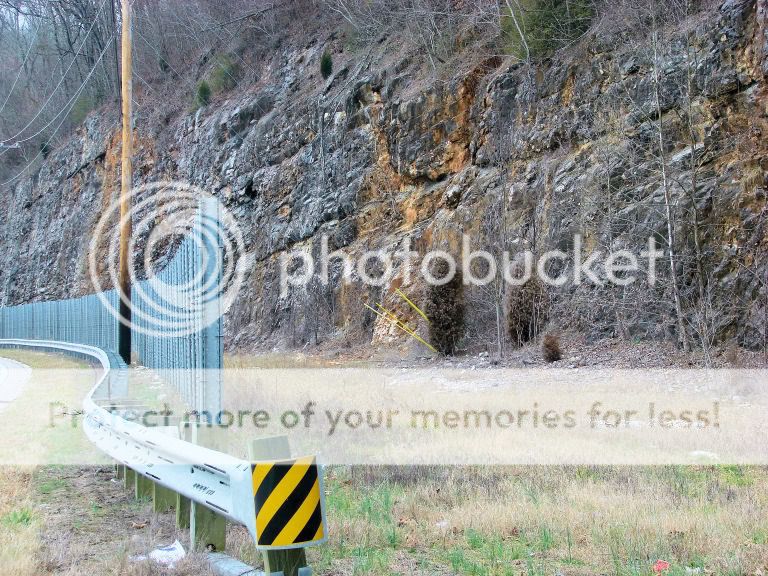Welcome to a nice little roadside parking area. Immediately across the four-lane highway you can view where several landslides have occurred over the years, and you can also see what the state highway department has done to mitigate (prevent) future landslides. But first, let’s learn about landslides.Note: There is the potential of falling rocks at any time. There is no requirement to cross the road or venture behind the safety fence. If you choose to inspect this area, please wear appropriate protection including a hard hat, safety shoes, gloves and safety glasses.
What is a Landslide? The term landslide includes a wide range of ground movement, such as rock falls, deep failure of slopes, and shallow debris flows. Although gravity acting on an over-steepened slope is the primary reason for a landslide, there are other contributing factors:
· erosion by rivers, glaciers, or ocean waves create oversteepened slopes
· rock and soil slopes are weakened through saturation by snowmelt or heavy rains
· earthquakes create stresses that make weak slopes fail
· earthquakes of magnitude 4.0 and greater have been known to trigger landslides
· volcanic eruptions produce loose ash deposits, heavy rain, and debris flows
· excess weight from accumulation of rain or snow,
- stockpiling of rock or ore, from waste piles, or from man-made structures may stress weak slopes to failure and other structures.
What Types of Landslides Are There? According to the USGS, the term “landslide” describes a wide variety of processes that result in the downward and outward movement of slope-forming materials including rock, soil, artificial fill, or a combination of these.
The most common types of landslides include:
SLIDES: mass movements, where there is a distinct zone of weakness that separates the slide material from more stable underlying material.
FALLS: Falls are abrupt movements of masses of geologic materials, such as rocks and boulders that become detached from steep slopes or cliffs
TOPPLES: Toppling failures are distinguished by the forward rotation of a unit or units about some pivotal point,
FLOWS: There are five basic categories of Flows:
a. Debris flow
b. Debris avalanche
c. Earthflow
d. Mudflow
e. Creep
LATERAL SPREADS: Lateral spreads are distinctive because they usually occur on very gentle slopes or flat terrain.
Landslides constitute a major geologic hazard because they are widespread, occur in all 50 states and U.S. territories, and cause $1-2 billion in damages and more than 25 fatalities on average each year.

Across the road from these coordinates, you will see the side of a small ridge that has been cut away to make room for the road. In the side of the exposed rock face you can see vertical drill marks where bore holes were drilled. Explosives were placed into the bore holes, and the subsequent blast fractured the rock. The broken pieces were cleared away, leaving the rock face you see now. Do you see the various layers, or strata, visible in the rock face? They aren’t horizontal, are they? No, the various layers of earth and rock are angled. In addition to the angle, you will also notice the layers are also tilted towards you.

In the photo below, you can see a large, flat area that is bare of soil and debris. Here the surface material has already slid off of the rock onto the ground below. It is easy to see how a landslide could occur, since there is nothing to anchor the loose material to the hard smooth surface below.

Mitigating A Landslide
In order to prevent (or mitigate) a landslide, one might use one or more of the following actions:
· avoiding construction on steep slopes and existing landslides,
· stabilizing the slopes.
· create a retaining structure, e.g. safety fence, retaining wall, etc.

Here you can see the safety fence that has been constructed. The fence is designed to stop the debris that might fall from a landslide. Although a catastrophic failure of the hillside could not be stopped by such a fence, the occasional boulder and rock debris that does fall is easily stopped at the fence. This prevents the rock from landing in the roadway creating a serious traffic hazard.
In order to complete this earthcache as a find and collect your smiley, you must complete all requirements below. Failure to comply will result in your log entry being deleted without notice.
Please complete the following:
*-(OPTIONAL) When you log your visit, please post a photo of an interesting feature with the landslide area in the background. If you are in the photo, that would be great, but that is certainly not required.
Please send an email to LOSTNSPACE9@gmail.com with your best answers to the following questions:
1. What do you see that might fall or slide off of the rock surface?
2. Which of the five landslide types listed above do you think might occur here?
3. Name at least two safety items that should worn or used when investigating a potential landslide area?
This cache has been approved by the Geological Society of America.

Learn More about the EarthCache Master Program!

I'm Proud to be a PLATINUM Level EarthCache Master!